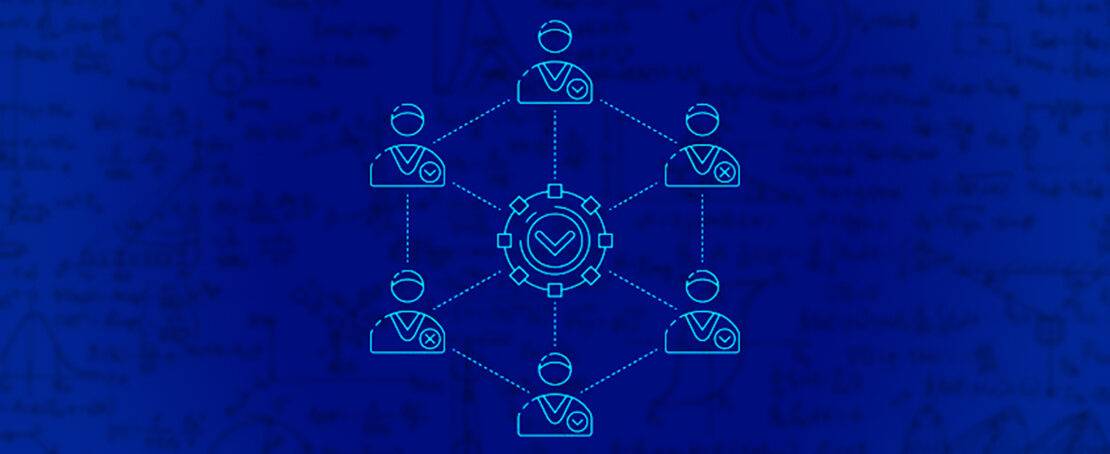Definition: A distributed ledger technology where transactions are recorded in blocks and linked together in chronological order.
Explanation: A blockchain is a decentralized database that is maintained by a network of computers (nodes) rather than a central authority. It records transactions in a secure, transparent, and immutable manner. Each block contains a list of transactions and is linked to the previous block, forming a chain. This ensures that the data is tamper-proof and provides a clear audit trail.
Key Points
- Decentralization: Unlike traditional centralized databases, a blockchain is managed by a peer-to-peer network. Each participant (node) has a copy of the entire blockchain, ensuring transparency and reducing the risk of data manipulation.
- Immutability: Once a transaction is recorded in a block and added to the blockchain, it cannot be altered or deleted. This feature provides a high level of security and trust.
- Transparency: Transactions on a blockchain are visible to all participants, ensuring accountability and reducing the potential for fraud.
- Consensus Mechanisms: To add a block to the blockchain, network participants must agree that the transactions within the block are valid. Common consensus mechanisms include Proof of Work (PoW) and Proof of Stake (PoS).
Structure of a Blockchain
- Block: The basic unit of a blockchain. Each block contains:
- Header: Includes metadata such as the previous block’s hash, timestamp, and a unique identifier called a nonce.
- Transactions: A list of verified transactions included in the block.
- Chain: The sequence of blocks, each linked to the previous one through cryptographic hashes, ensuring the integrity of the data.
Examples of Blockchain Platforms
- Bitcoin: The first and most well-known blockchain, primarily used for peer-to-peer transactions of its native cryptocurrency, BTC.
- Ethereum: A blockchain platform that supports smart contracts and decentralized applications (dApps) in addition to its cryptocurrency, ETH.
- Hyperledger Fabric: An enterprise-grade, permissioned blockchain framework designed for business applications.
Applications of Blockchain
- Cryptocurrencies: Digital currencies like Bitcoin and Ethereum rely on blockchain technology for secure and transparent transactions.
- Supply Chain Management: Blockchain can track the movement of goods, ensuring transparency and reducing fraud in supply chains.
- Voting Systems: Blockchain can provide a secure and transparent method for conducting elections, reducing the risk of tampering and increasing voter trust.
- Healthcare: Blockchain can securely store patient records, ensuring privacy and data integrity while allowing authorized access by healthcare providers.
Related Terms
- Node: A computer that participates in the blockchain network by maintaining a copy of the blockchain and validating transactions.
- Smart Contract: Self-executing contracts with the terms directly written into code, enabling automated and trustless transactions.
- Distributed Ledger: A database that is consensually shared and synchronized across multiple sites, institutions, or geographies.
Benefits and Challenges
Benefits:
- Security: The cryptographic nature of blockchain makes it highly secure against fraud and tampering.
- Transparency: Every transaction is recorded and visible to all participants, ensuring accountability.
- Decentralization: Removes the need for a central authority, reducing the risk of single points of failure.
Challenges:
- Scalability: As the blockchain grows, it can become slower and more resource-intensive.
- Regulatory Issues: The decentralized nature of blockchain can pose challenges for regulators and compliance with existing laws.
- Energy Consumption: Consensus mechanisms like Proof of Work can be energy-intensive, raising environmental concerns.
Blockchain technology offers a revolutionary approach to data management and transaction processing, with potential applications across various industries. Its key features of decentralization, security, and transparency make it a powerful tool for creating trustless and efficient systems.
 Crypto Journal: Analyses, News, and Developments – Coin Chronicle Platform Coin Chronicle is your go-to source in the dynamic world of cryptocurrencies.
Crypto Journal: Analyses, News, and Developments – Coin Chronicle Platform Coin Chronicle is your go-to source in the dynamic world of cryptocurrencies.




